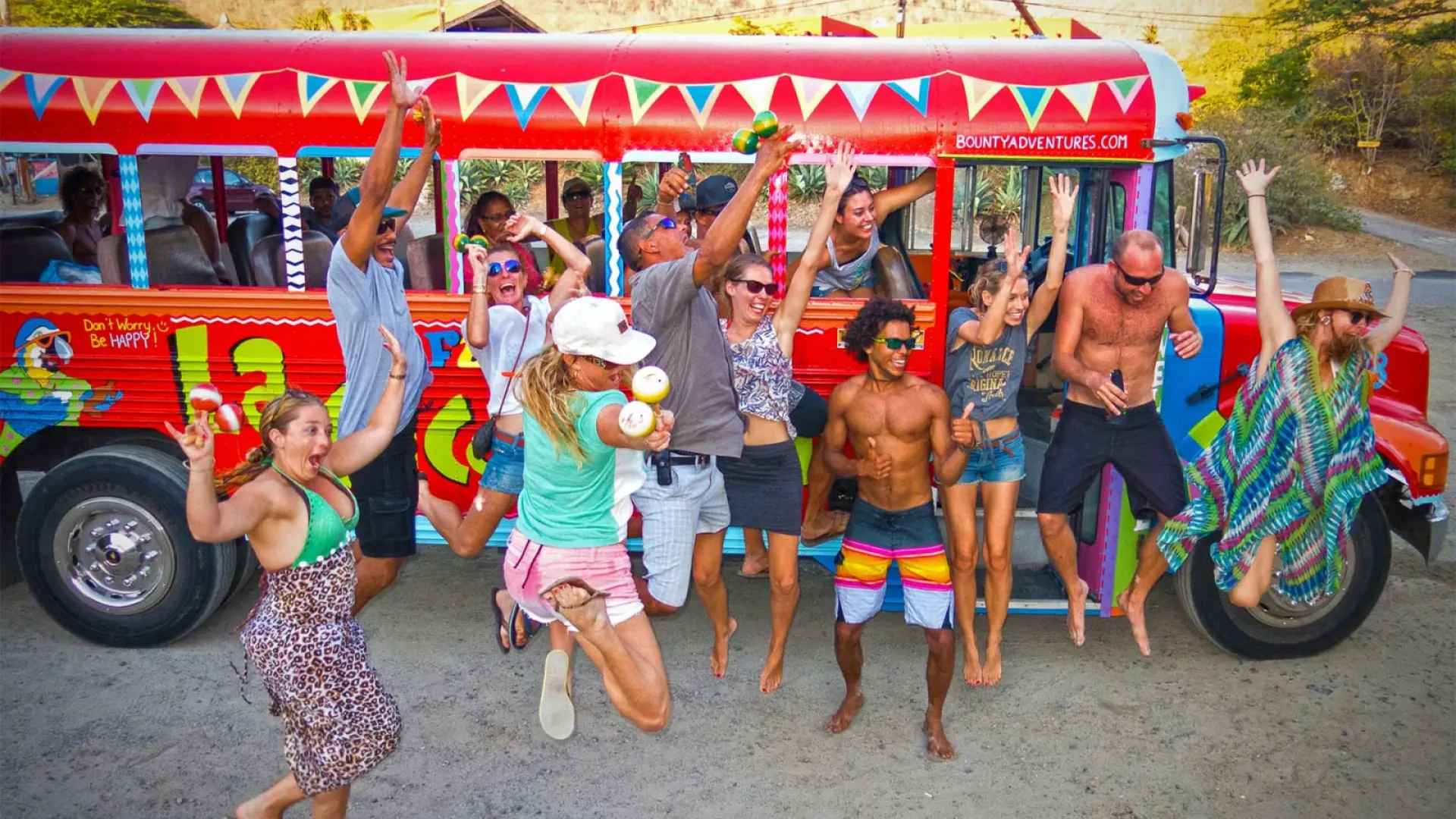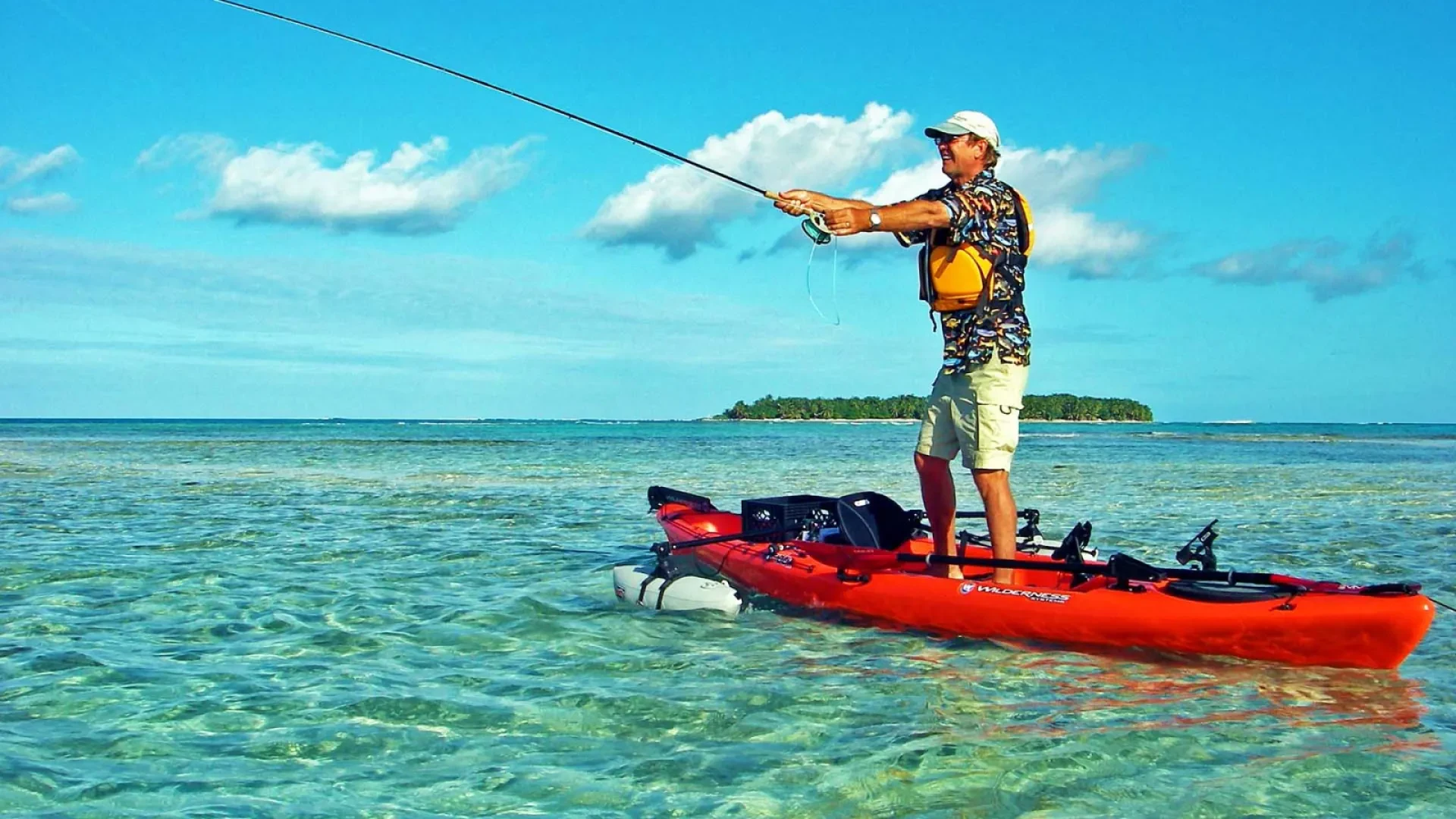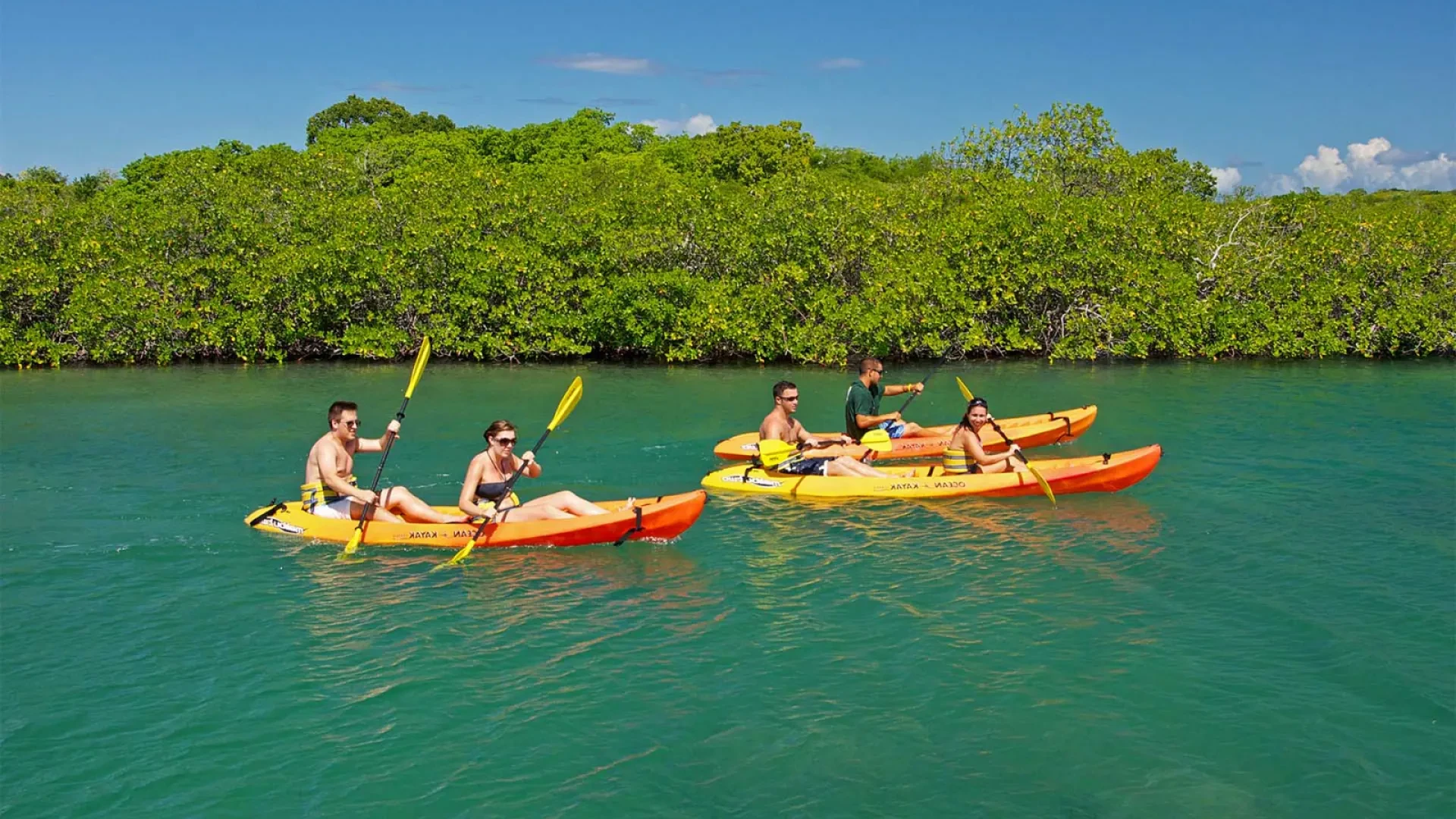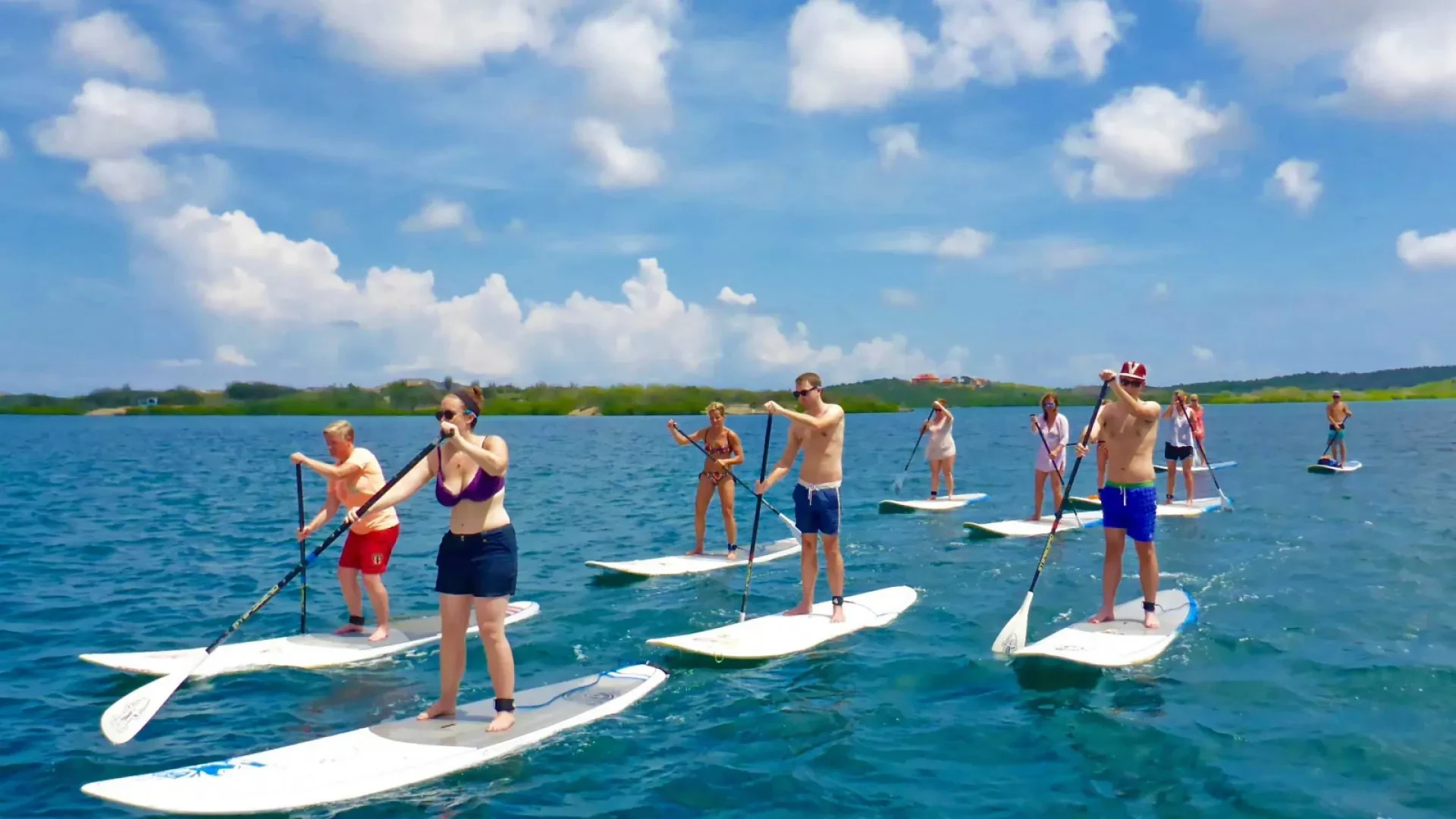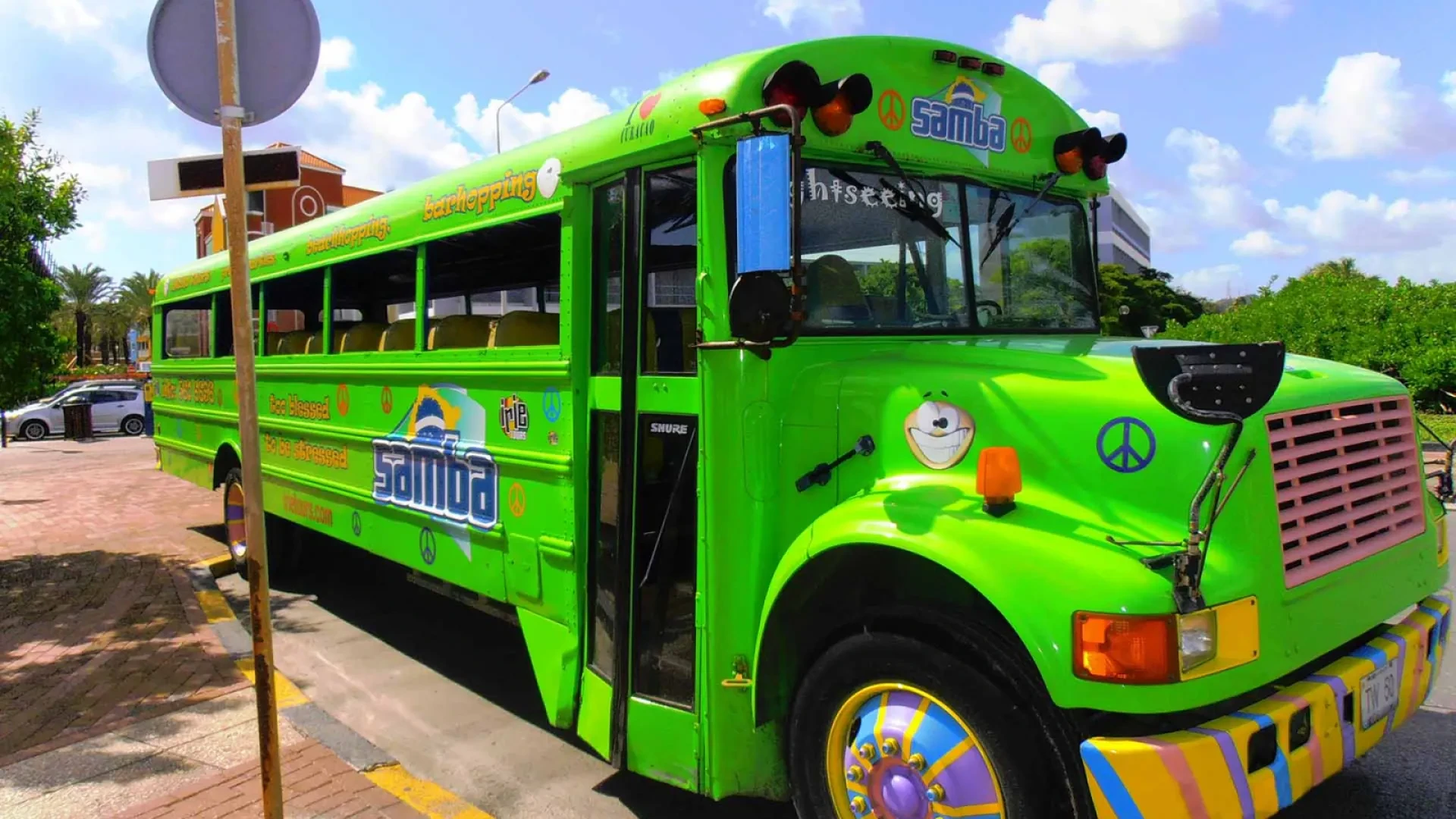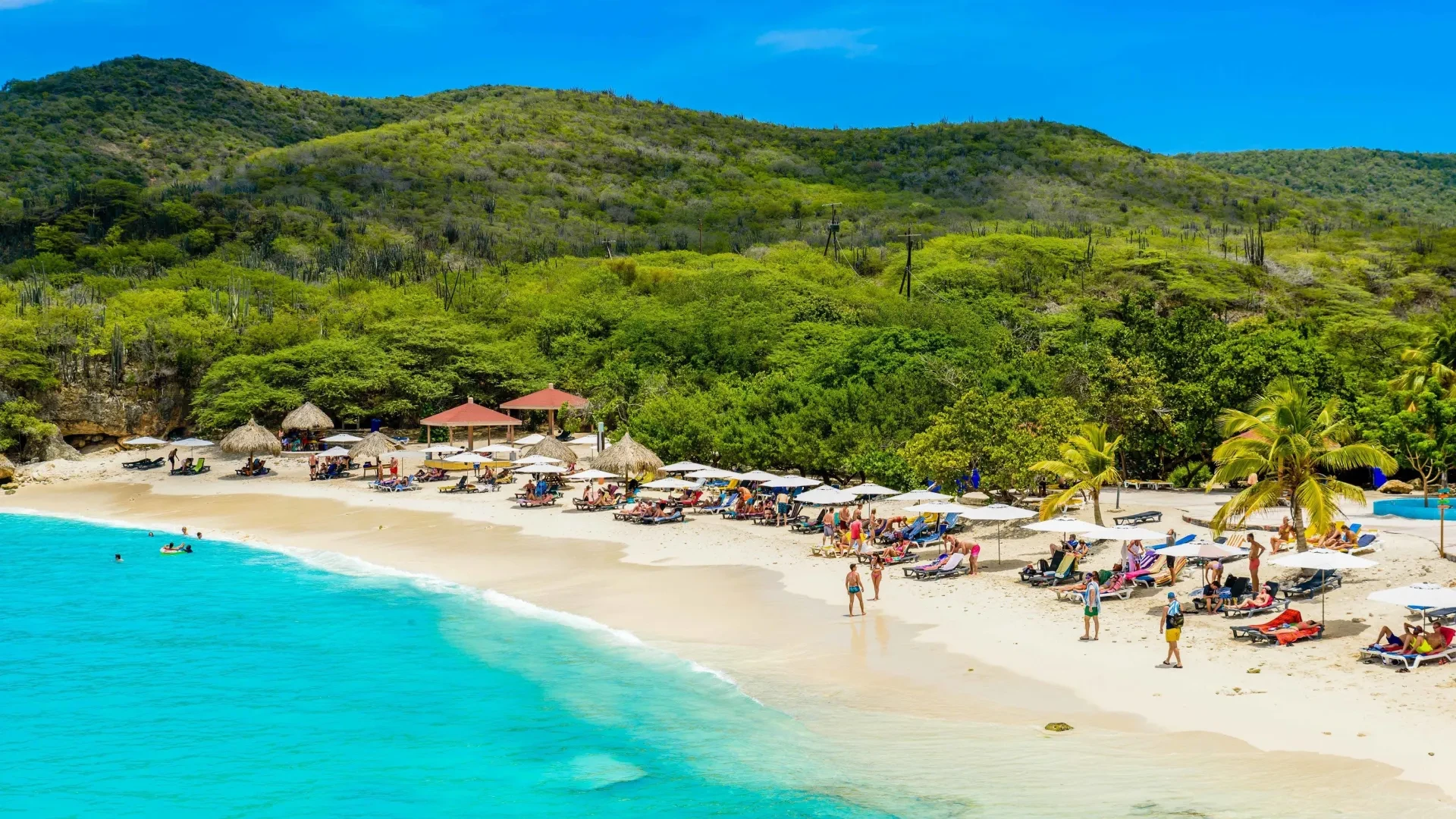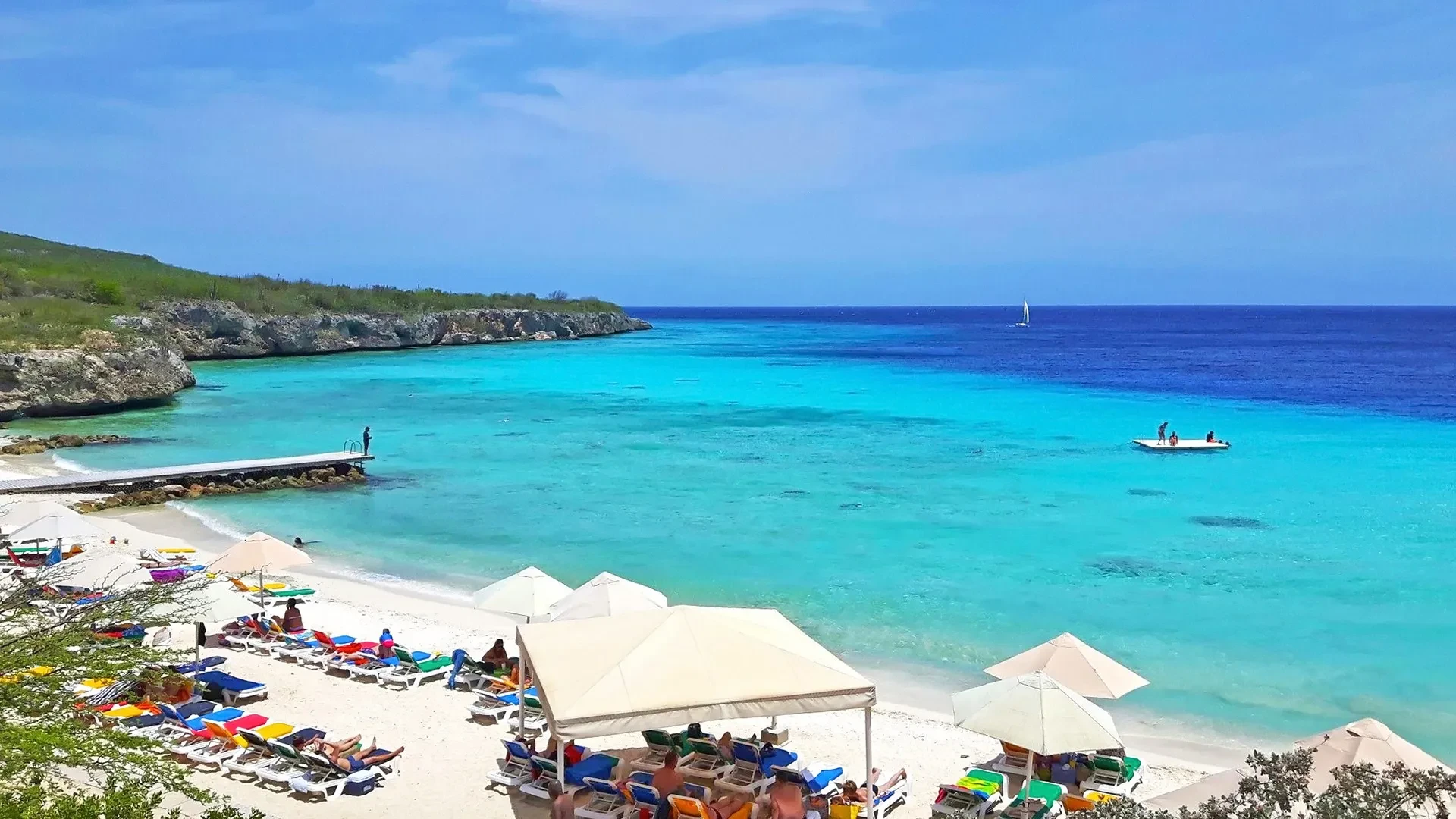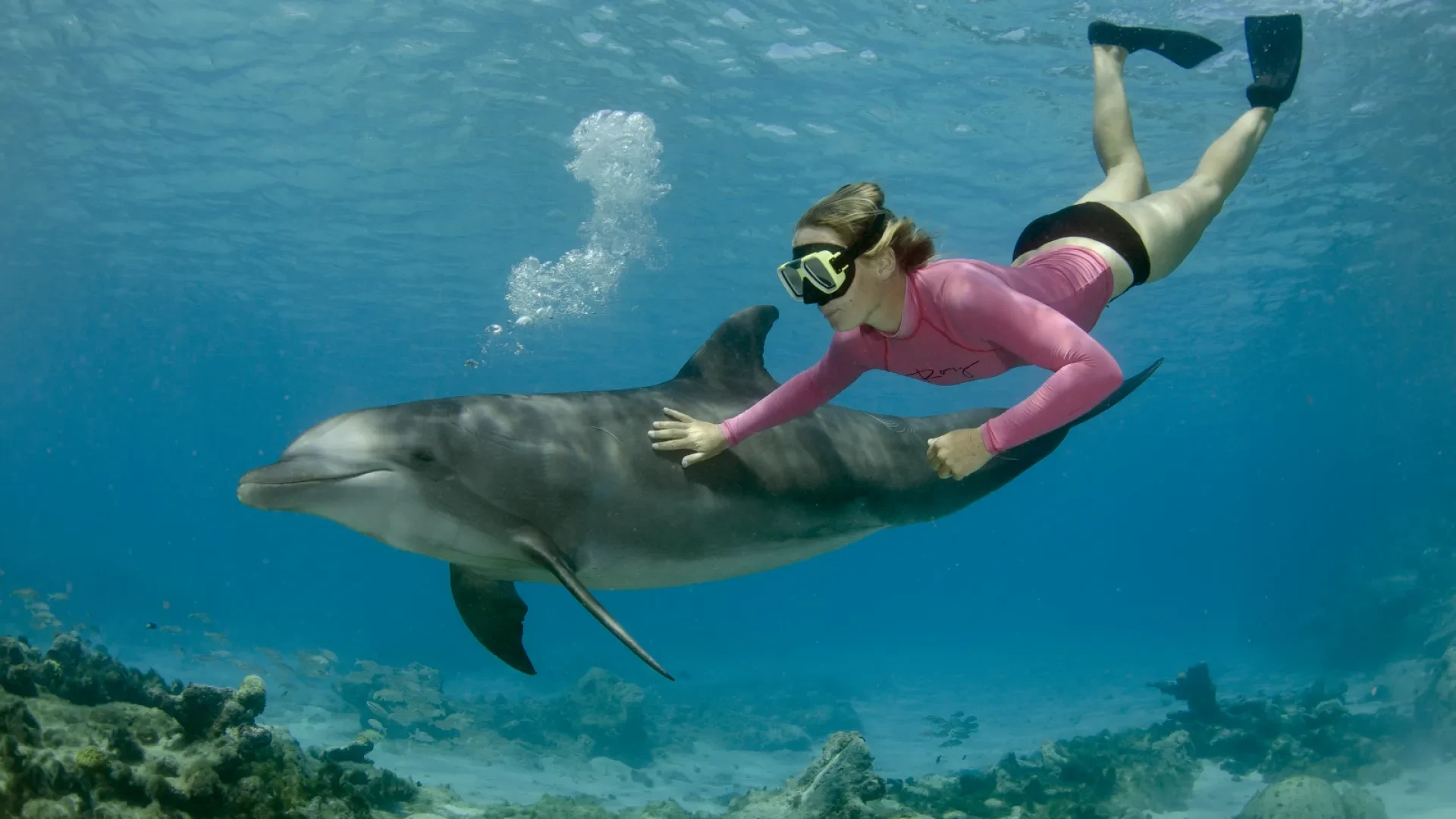Levente
September 25.
Been there. Done that.
Been there. Done that.
September 25.
Flying a drone in Curaçao is legal in 2025, but tourists must follow a two-step process before taking off. Here’s the short version:
Follow these steps, and you’ll avoid fines or drone confiscation while still capturing Curaçao’s incredible aerial views.
Unlike some Caribbean islands where you can just show up and fly, Curaçao has a two-step approval system. One agency handles the import, the other handles the flying. Even if you’re just a tourist with a small drone, you’ll need to deal with both.
The Regulatory Authority of Curaçao (RAC) regulates telecom gear—including drones. To bring your drone in, you must secure a Declaration of Admission from RAC to satisfy customs.
How to apply:
Without it, customs may delay, hold, or deny your drone’s entry.
Once you’re on the island, the Curaçao Civil Aviation Authority (CCAA) manages drone flight regulations. You must register your drone and follow their rules for altitude, distance, and restricted zones.
Contact:
While flying in Curaçao, keep these documents on you—digital or printed:
Showing these ensures you can prove your drone is legal if questioned by customs agents, police, or park officials.
My personal tip: Don’t leave the registration until the last minute. Communicating with the authorities can take one to two weeks. In fact, I received my drone permission after I had already left Curaçao.
A quick note: Curaçao is part of the Kingdom of the Netherlands, but it is not under EU drone rules. Don’t assume that sub-250 g exemptions apply here — they don’t.
Also, don’t confuse Curaçao with the BES islands (Bonaire, St. Eustatius, and Saba). Those islands fall under Dutch aviation law and have different rules. Curaçao has its own system, and you need to follow RAC + CCAA procedures here specifically.
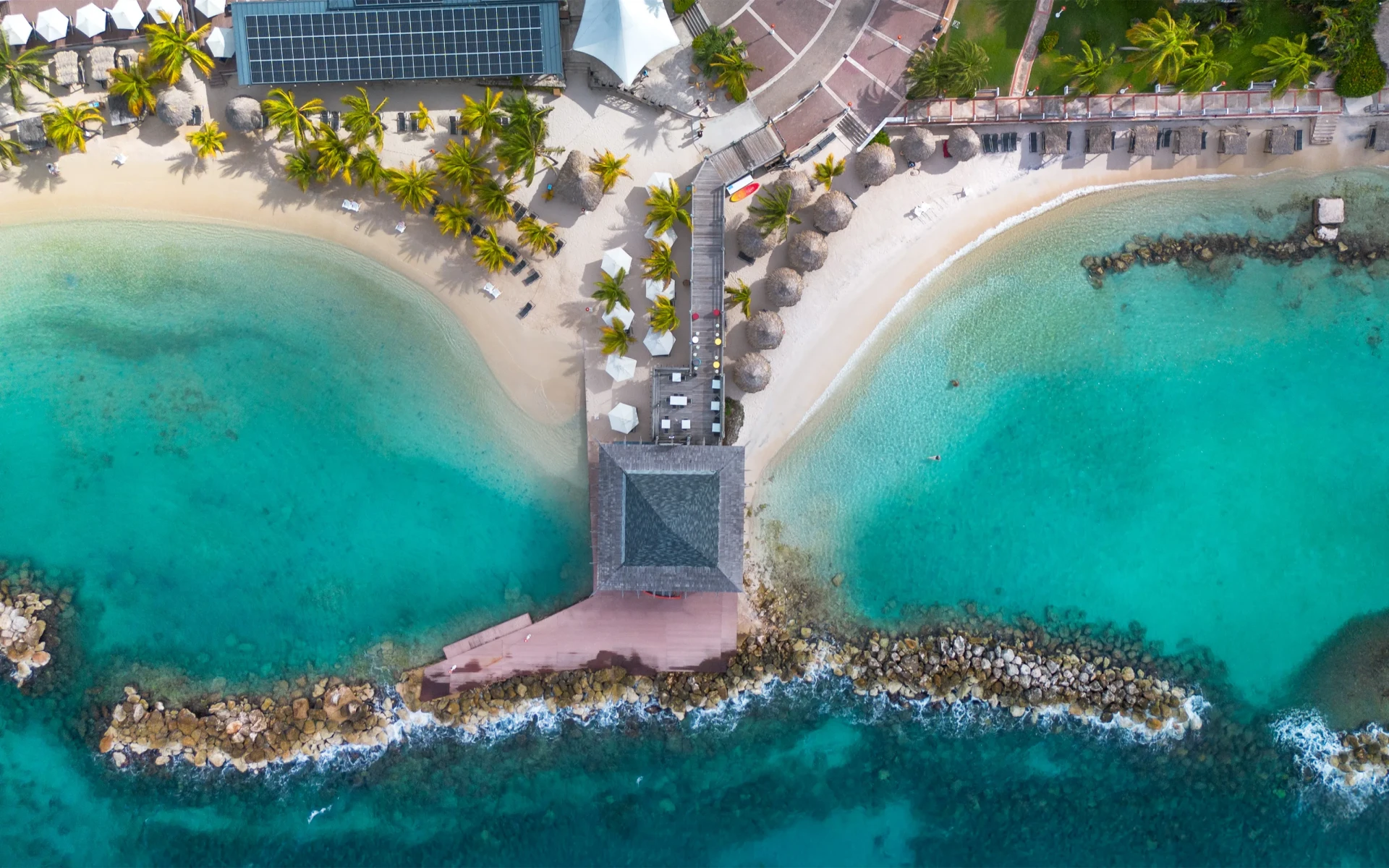
Once you’ve cleared customs and registered with the CCAA, the rules for actually flying your drone in Curaçao are straightforward. They’re designed to keep the skies safe for aircraft and protect people on the ground.
Most tourists fly just for fun, and that’s allowed as long as you follow the rules. But if you’re filming for a client, creating promotional content, or making money from your footage, the CCAA considers that commercial use. In that case:

Curaçao may be small, but it has several strict no-fly zones that tourists should know before taking off. Flying in these areas can lead to fines or drone confiscation.
The island’s only international airport sits close to popular resorts and beaches. Flying anywhere near Hato International Airport (CUR) or inside its control zone is strictly forbidden without special approval from the CCAA.
Large industrial facilities like the oil refinery, storage terminals, power plants, and even the island’s prison are marked as no-fly areas. These zones are easy to spot on the official CCAA map and should always be avoided.
Christoffel National Park, Shete Boka National Park, and the Wacao military training area are all off-limits for drones. These rules protect both nature and security operations.
The CCAA provides a map that highlights airports, restricted zones, and prohibited areas. Download or keep a copy on your phone before flying—it’s the easiest way to check if your planned spot is safe and legal.

Curaçao has plenty of spots where tourists can capture amazing aerial footage without breaking the rules. The key is to avoid crowds and stay clear of no-fly zones.
Some beaches are wide enough for safe flying if they’re not crowded. Klein Curaçao, the uninhabited island off the coast, is a great choice—open sand, turquoise water, and no buildings nearby. Early mornings at Cas Abao or Playa Porto Mari can also work if you keep your distance from people.
The island’s north shore has dramatic waves and cliffs that look incredible from above. As long as you’re outside the national parks (Christoffel and Shete Boka), you can fly legally in many coastal areas.
The Willemstad salt flats and places like Jan Kok are home to flamingos. You can capture them from a distance, but never fly close—stay well beyond 50 m to avoid disturbing wildlife.
The pastel Dutch-Caribbean buildings in Punda and Otrobanda are a dream for aerial photos. But crowds make it tricky. If you want these shots, aim for early morning when the streets are empty, and always keep that 50 m buffer.
Curaçao’s trade winds can be stronger than they look, especially along the open beaches and cliffs. Light drones like the DJI Mini series are easily pushed offshore, and more than a few visitors have lost theirs to the sea. Always check wind speed and direction before takeoff, and be extra cautious when flying close to the coastline.
Yes. Flying a drone in Curaçao is legal in 2025 if you have the right paperwork. Tourists must first get a Declaration of Admission from the RAC (for import) and then register their drone with the CCAA before flying.
Yes. All drones require approval by Curacao drone laws. The RAC import declaration is mandatory, and the CCAA registration is required before your first flight. If you’re filming commercially, you also need special permission from the CCAA.
No. Curaçao does not follow EU or U.S. exemptions. All drones — no matter the weight — must be registered with the CCAA.
Technically yes, you can fly your drone in Willemstad but only if you can maintain a 50 m distance from people and buildings. In practice, busy streets like Punda make this nearly impossible unless you go early in the morning.
The legal maximum altitude limit is 120 m (400 ft) for flying a drone in Curacao. Higher flights are only possible with explicit approval from the CCAA.

Creating this travel magazine takes an insane amount of time and money. If you’ve found it useful and would like to support me in helping other travelers like you, your donation would go a long way. Thanks, you’re the best!
